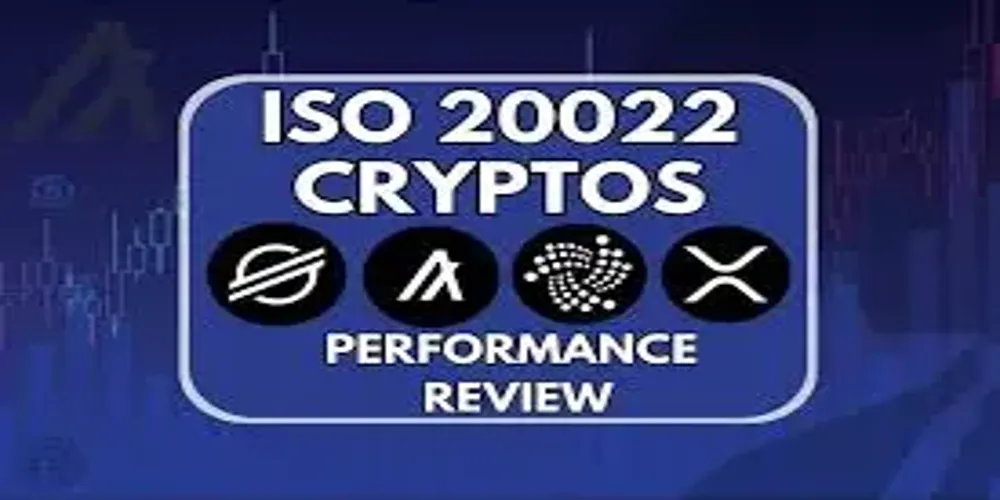- Unlike most tokens, XRP is natively integrated with ISO 20022, giving it a defined role in global payments infrastructure.
- While assets like BTC or DOGE only hold Digital Token Identifiers (DTIs), XRP powers RippleNet’s On-Demand Liquidity (ODL) for real-world settlements.
- Alongside XLM, XDC, and HBAR, XRP addresses financial inefficiencies—but stands out with regulatory recognition.
SMQKE, a prominent member of the crypto community, recently shared documents that highlighted XRP’s uniqueness as a natively ‘compliant’ ISO20022 asset compared to others.
He noted that every digital asset can technically be assigned a Digital Token Identifier (DTI) under the ISO framework. This provides a unique reference code for classification, but it does not change the function or utility of the asset itself. For many cryptocurrencies, such as Bitcoin (BTC) or Dogecoin (DOGE), the DTI is little more than a catalog entry.
XRP, however, sits in a category of its own.
Ripple and ISO 20022: First-Mover Advantage
Ripple became the first blockchain-focused organization to join the ISO 20022 Standards Body, a global initiative that defines financial messaging formats for banks and payment providers. RippleNet, the company’s enterprise-grade payments network, was designed from the ground up around ISO 20022.
This deep integration means XRP, the native asset of the XRP Ledger, plays a clearly defined role in global payments infrastructure, functioning not just as a token with a code but as a bridge asset powering On-Demand Liquidity (ODL) solutions.
Also Read: XRP Could Be Integrated Into SWIFT’s Blockchain Payment System – Here’s What’s Happening
‼️WHY XRP’S ISO 20022 COMPLIANCE IS UNIQUE COMPARED TO OTHER DIGITAL ASSETS WITH DTI CODES‼️
Every digital asset can be assigned an ISO DTI code. 💯
That provides a reference identifier but nothing more.
XRP is different because Ripple became the first blockchain member of the… pic.twitter.com/9muAX0lB5R
— SMQKE (@SMQKEDQG) August 21, 2025
Why Other Assets Fall Short
According to him, Bitcoin and Dogecoin remain decentralized digital currencies, but they were never designed to integrate with institutional payment messaging or settlement systems. While they may carry DTIs, that status alone does not expand their functionality in traditional finance.
In contrast, ISO 20022-compliant utility tokens, including XRP, Stellar’s XLM, XinFin’s XDC, and Hedera’s HBAR, stand apart because they directly address inefficiencies in the SWIFT network, which still dominates cross-border payments.
Token-Specific Use Cases
Furthermore, SMQKE highlighted the use cases of the aforementioned complaint tokens, stating that XRP provides liquidity and rapid cross-border settlements, XLM focuses on low-cost retail remittances and micro payments, and XDC tackles trade finance applications.
He also added that HBAR is optimized for throughput, security, and enterprise-grade performance. Each of these tokens was selected for compliance because it provides a specific functional improvement over existing financial infrastructure.
What makes XRP unique is the triple advantage it holds; it carries a recognized DTI code, it is natively aligned with ISO 20022 standards, unlike other assets, and it has an active real-world settlement use case through RippleNet’s ODL.
This combination sets XRP apart from the broader digital asset landscape, giving it both regulatory recognition and direct utility in institutional finance.
Final Thoughts
While many cryptocurrencies continue to seek relevance in global finance, XRP’s ISO 20022 compliance and integration with banking infrastructure make it one of the most strategically positioned digital assets. Its alignment with international standards may explain why XRP continues to attract both attention and debate in the evolving world of crypto and payments.

